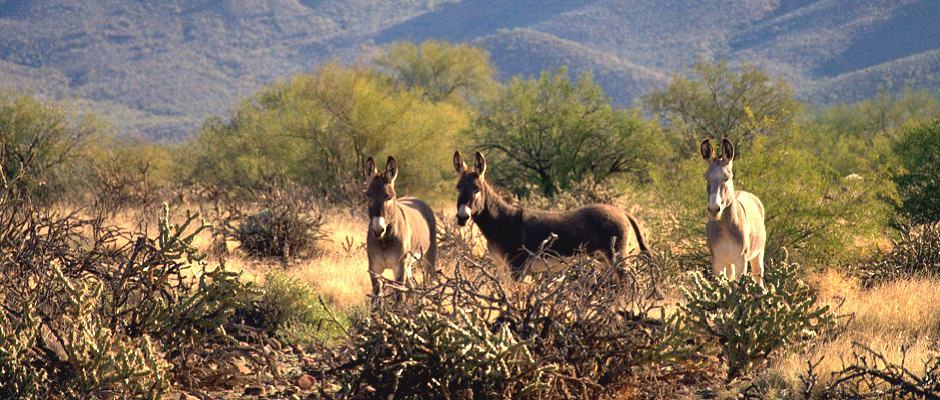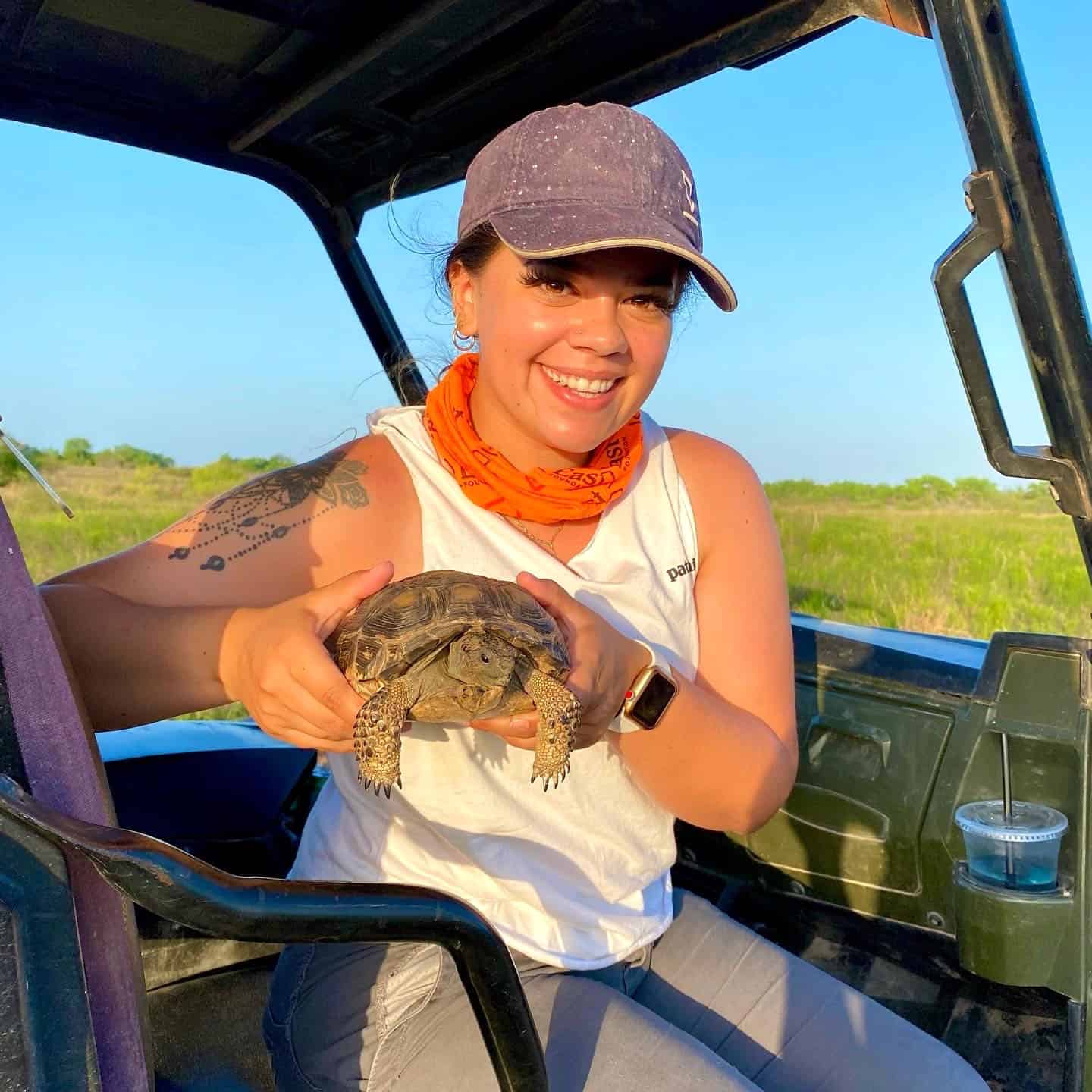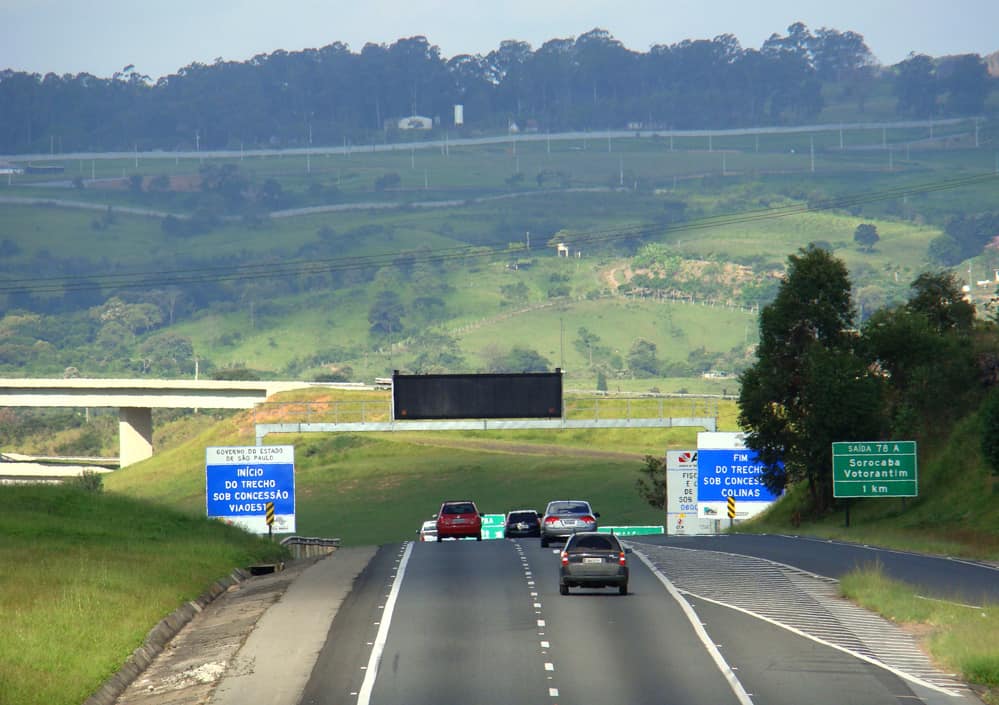Share this article
TWS, Coalition testify; wild horse board recommends changes
The National Wild Horse and Burro Advisory Board, a nine-member federal advisory council that represents various stakeholder interests, recommended that BLM sell or euthanize unadoptable horses, as directed in the Wild Free-Roaming Horses and Burros Act of 1971, during their September 2016 meeting in Elko, Nevada.
Currently there are approximately 67,000 wild horses and burros on BLM rangelands – a population that exceeds an ecologically-sustainable level by 40,000 animals. Overpopulated horses and burros are damaging rangeland ecosystems and wildlife as they deplete water and food resources, overgraze, and exhibit dominance behavior over native species.
Removals of excess animals has been ongoing in an effort to mitigate these impacts; there are currently over 45,000 horses and burros in off-range holding facilities, costing the BLM $50 million per year.
Congressional appropriations language has restricted BLM from selling or euthanizing excess wild horses and burros. The Board’s recommendation encourages BLM to work with Congress to remove those restrictions and prevent further ecological damage to rangelands.
“The Board thought carefully about this recommendation. Horses and burros greatly exceed ecologically-based management objectives, causing damage to the rangelands and resulting in dehydration and starvation for the horses,” said Keith Norris, AWB®, The Wildlife Society’s Director of Government Affairs and Partnerships and Chair of the National Horse and Burro Rangeland Management Coalition. “We support the Advisory Board in their bold step to improve the management of federally-protected horses and burros on our public rangelands.“
Norris has previously testified before Congress on horse and burro management and provided written and oral testimony during the meeting. The testimonies urged the Board to recommend the use of multiple science-based management strategies to increase removals of horses and burros, because “without an increase in the rate of removal… populations of wild horses and burros will continue to expand and our nation will witness growing degradation to its rangeland ecosystem.”
In addition to increased and expanded removals, the written testimonies recommended the use of several on- and off-range management options, including surgical sterilization, unrestricted sale, and humane euthanasia to facilitate improved management of animals on the range.
BLM announced on Sept. 9 it was canceling plans for a proposed research program to test surgical sterilization methods on wild mares due to litigation from several organizations that view the procedures as “dangerous and untested”. In partnership with Oregon State University, the BLM intended to study the validity of surgical sterilization as an additional tool to manage wild horse and burro populations.
“This decision, though not made lightly, is in response to litigation that could have put the wild horses, BLM staff and our research partners at risk by requiring unnecessary persons or equipment be placed within the small confines of the space where the procedures would take place,” said BLM in a statement.
While the Advisory Board recommendation is a step towards enhancing BLM’s capacity to manage excess horses and burros and protect rangeland ecosystems, the litigation that prompted BLM to drop the sterilization research proposal does the opposite. TWS and the Coalition support efforts that increase the ability of BLM and other responsible agencies to implement effective, science-based management and ensure the health of rangeland ecosystems.
Read TWS’ Position Statement on Feral Horses and Burros in North America.
Header Image: ©Kevin Schraer








